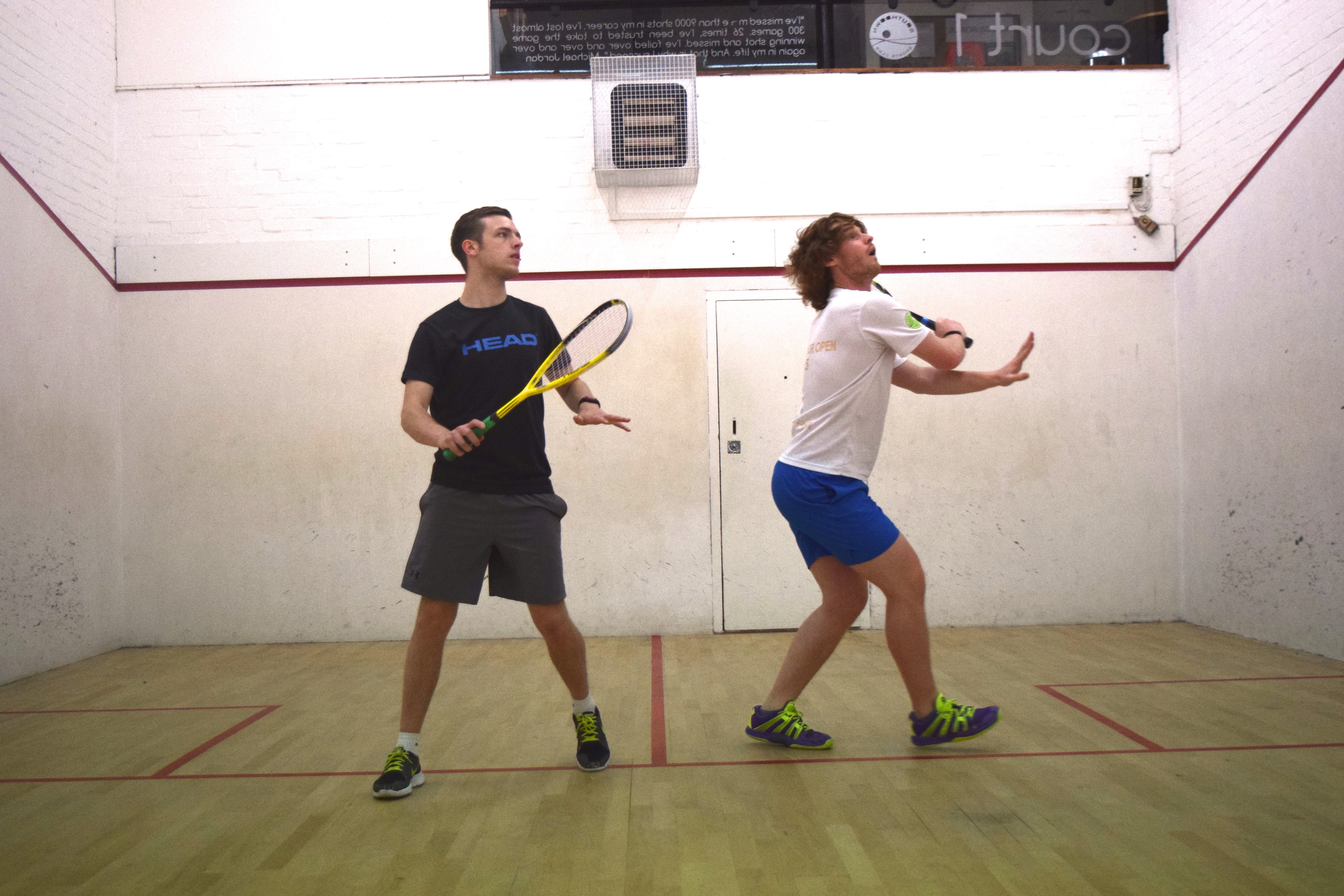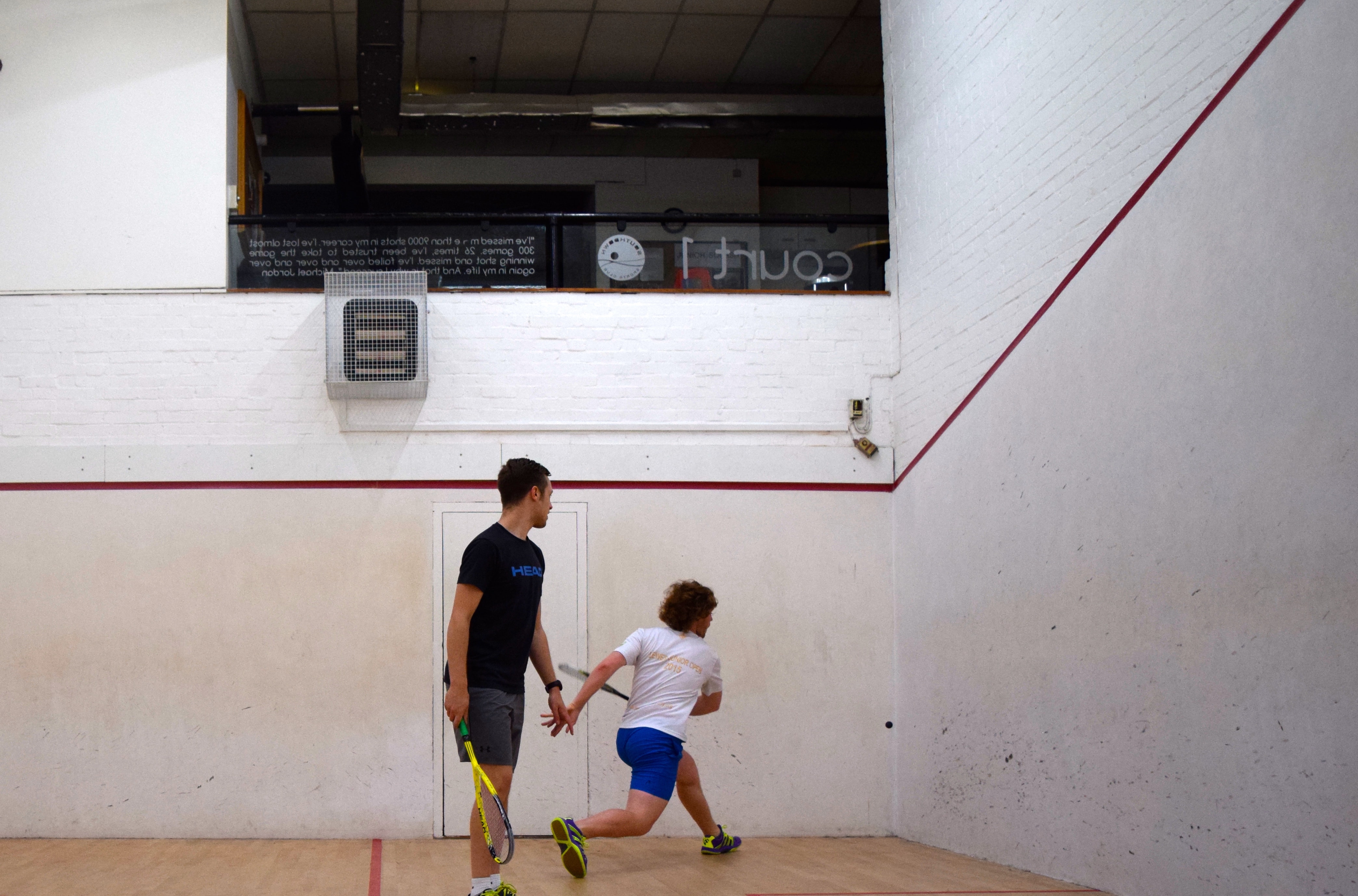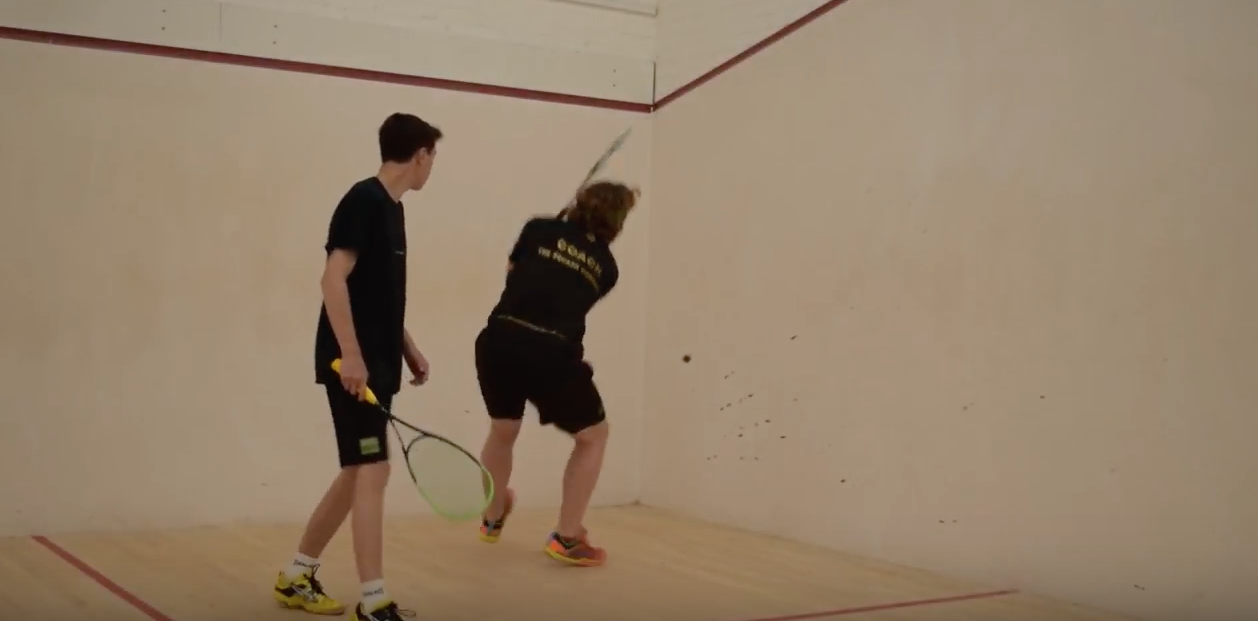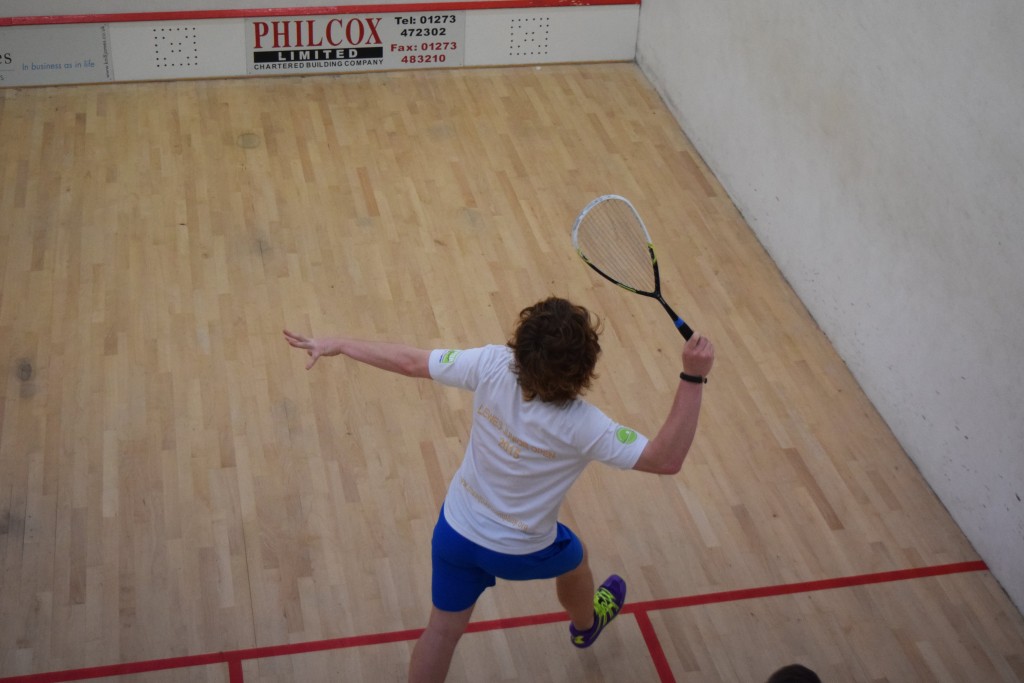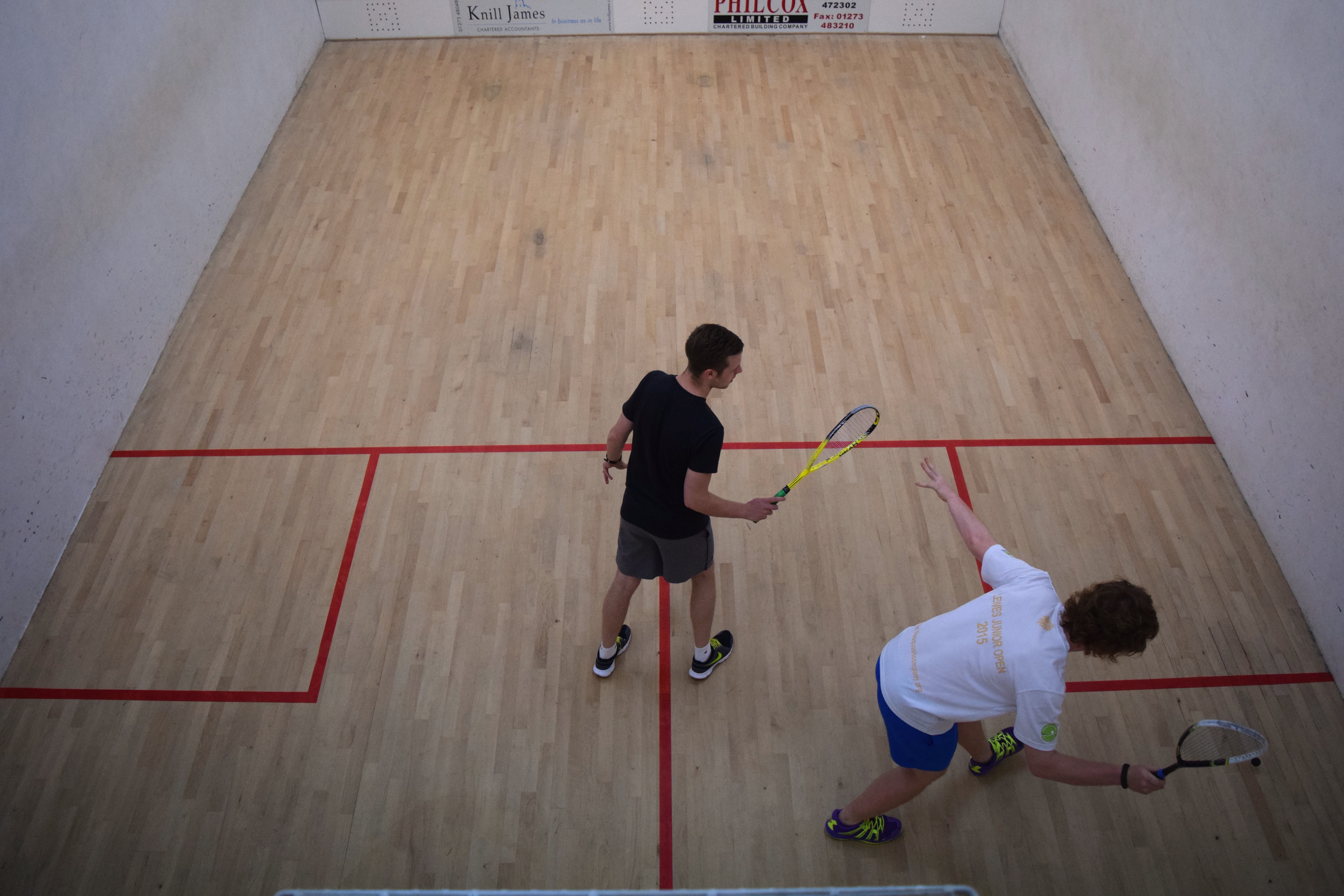Trying something different to gain the advantage
A tactic that has been successfully deployed against me in the past – and which I still haven’t managed to deal with – is to hit all long shots (i.e. drives) excessively hard, as well as low where possible, although the low part doesn’t seem to be a requirement!
A player did this to me after I steamrollered them in the first game taking the ball so early they couldn’t cope with it and they gradually turned the game around. When they were hitting traditional straight drives or playing lob shots, I was controlling the game on the volley. Even when they went short earlier with drops, boasts or kills, I was able to stay in front of them and control the game. The excessively hard drives worked perfectly as the ball was simply too fast and a bit too wild for me to volley. It came off the back wall more than normal drives would have done but this was a worthwhile trade off for stripping me of my volley attacks. It meant he could actually get in front of me, which was also a positive for him as he had a very good attacking volley himself.
Not overhitting the ball
While he was hitting the ball very hard, he was still making sure he didn’t drastically overhit it. The ball was still bouncing before the back wall and was also being hit with a downward angle, which meant he was able to reduce the amount the ball would rebound off the back wall. I had more freedom than I would typically get at the back but I wasn’t able to control the pace of the game as I did on the T-Position. I also typically had to go long from this position in spite of having extra time as the ball came off the back wall, as he was now in front of me and had the pace to get most short shots back unless I made it roll out of the nick!
If you’re playing someone who is exceptional at volleying, this might be a tactic worth trying out. It also just goes to show that sometimes you’ve got to break out of your normal style and perhaps even conventional style to get the upper hand against some types of players.
